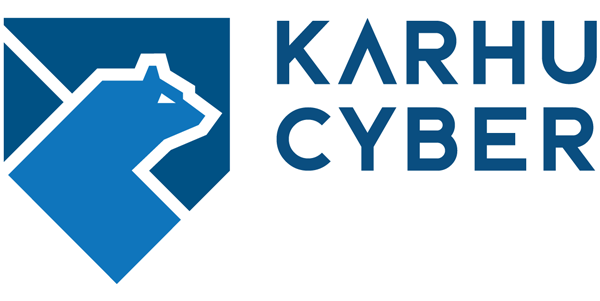VULNERABILITY MANAGEMENT
Internal and external assessments
Identify vulnerabilities before they result in business interruption.
Vulnerabilities can be exploited by attackers to gain unauthorized access to sensitive data, disrupt operations, or cause damage to an organization’s systems and reputation.
Vulnerabilities can be present in hardware, software, and other components of an organization’s technology infrastructure, and they can be introduced at any point in the development or implementation process.
By fixing vulnerabilities, your organization can reduce its overall risk of a security breach or cyber-attack, which could result in financial losses, damage to your reputation, and legal liability. Additionally, fixing vulnerabilities can help your organization meet compliance requirements for data protection and privacy regulations.
Fixing vulnerabilities is an important aspect of maintaining a strong security posture and protecting against potential threats. It’s essential to regularly monitor and patch vulnerabilities to ensure that your systems and data remain secure.
Network Vulnerability Scanning
Identifies security weaknesses and flaws in systems and software running on them. This is an integral component of a vulnerability management program, which has one overarching goal – to protect the organization from breaches and the exposure of sensitive data.
Web Application Vulnerability Scanning
Web application vulnerability scanners execute thousand of simulated threat vectors against your hosted web applications (i.e. ). The results are then analyzed by Karhu Cyber and prioritized on risk severity and included in the monthly reports.




